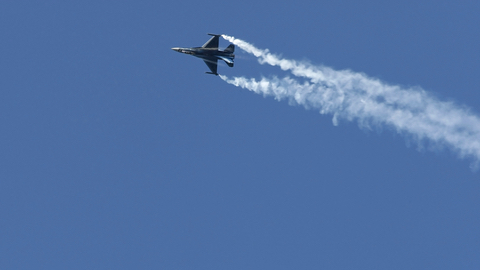
The US Air Force (USAF) has selected L3Harris Technologies and Northrop Grumman to demonstrate new electronic warfare (EW) prototypes, along with technology for the protection from radar threats, for the F-16 Fighting Falcon.
As part of the Alpha Phase of the Air Force’s F-16 Electronic Warfare (EW) Suite Program Prototype Project, L3Harris will build and test an integrated digital radar warning receiver electronic countermeasures solution based on proven technologies.
“L3Harris is delivering an integrated EW suite based on proven technologies from across the newly merged companies that will provide F-16 pilots with the most sophisticated, high-performance EW needed to defeat advanced and emerging threats, said Ed Zoiss, L3Harris Technologies Space and Airborne Systems president. “We’re leveraging technology synergies and innovations from across the company as a result of the merger, perhaps none more exciting and game-changing for our customers than in the area of EW and spectrum dominance.”
Under the SOSSEC Consortium’s Air Force Open System Acquisition Initiative (OSAI) Other Transaction Agreement (OTA), both companies are required to work with non-traditional defence contractors to deliver the project.
Northrop Grumman will demonstrate a digital radar warning receiver and an internally mounted EW suite. The prototype provides threat identification, spherical radar warning and countermeasure capabilities and is intended to ensure protection of pilots against ‘modern electromagnetic spectrum threats’.
Northrop Grumman land and avionics C4ISR vice-president Brent Toland said: “Providing advanced electronic warfare capabilities to the F-16 community is critically important to the future survive-ability of the platform, especially as the electromagnetic spectrum becomes increasingly contested. Our system builds on our long experience with the F-16 and other military aircraft to provide the warfighter with the ability to operate seamlessly against the threats that are continuing to grow in sophistication.”
